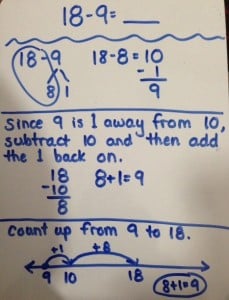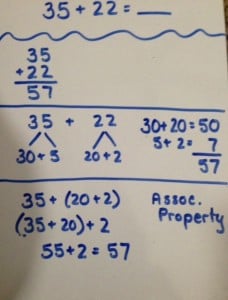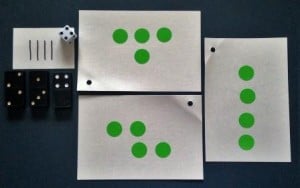by C. Elkins, OK Math and Reading Lady
Hi! This is Part 2 regarding ways to do number talks using dot cards. This post will feature random dot cards. 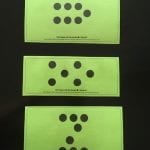 See the last post for strategies with ten frame dot cards and some background information about why and how (click HERE).
See the last post for strategies with ten frame dot cards and some background information about why and how (click HERE).
My pictures below feature dot cards provided via an extra purchase from this great resource regarding Number Talks.  I blacked out the number in the small print at the bottom of each card because I was using them online and didn’t want the magnification to show the number. When showing them in person, the number is too small really for a student to notice or I can use my hand to cover it when showing the card. Anyway . . . that’s for those of you wondering what the little black smudge was. Here’s an amazon link to the cards which you can get digitally for $19.95 (279 pages worth): Number Talk Dot Cards
I blacked out the number in the small print at the bottom of each card because I was using them online and didn’t want the magnification to show the number. When showing them in person, the number is too small really for a student to notice or I can use my hand to cover it when showing the card. Anyway . . . that’s for those of you wondering what the little black smudge was. Here’s an amazon link to the cards which you can get digitally for $19.95 (279 pages worth): Number Talk Dot Cards
My previous post (linked above) also listed 2 resources for ten frame and random dot cards. Here is another one you might like and is great to use with partners as well. I’ll describe an activity with them below. Dot Cards for Number Sense ($2 from mathgeekmama.com)
You may like checking out mathgeekmama for other wonderful FREE resources.
Random Dot Cards
While I refer to these as “random” dot cards, it really doesn’t mean the dots are just scattered willy-nilly. The dots on these cards are still organized, but just not on ten frames. When using these cards, the goal is for students to “see” patterns with the dots to aid their subitizing and quick recall of number pairs. You might start with dot dice first, then look for these on the dot cards:
- groups of 2
- groups of 3 (such as triangles)
- groups of 4 (such as squares)
- groups of 5 (like on a dice)
- groups of 6 (like on a dice)
- doubles
- near doubles
I also often point out to students how I mentally “move” a dot to visualize one of the above scenarios. This will be shown in the pictures below with an arrow.
Procedures for whole group (either in person or on Zoom):
- Flash the card (longer for more dots).
- Students put thumb up (I prefer thumb in front of chest) when they have decided the amount.
- Randomly select students to tell you how many they saw. No judgement yet on who is correct and who isn’t.
- Then ask the VERY important question, “How did you see it?” This should elicit various responses which will help reinforce different ways numbers can be decomposed.
- If desired with in-person sessions, you can have students pair-share their response first before calling on students to tell you. This way all students get a chance to share their way with a ready listener. Click on this link for a way to silently signal “Me too” in sign language. I find this very helpful especially for those students who want to respond — and helps avoid the “he took my answer” complaint.
- Record the different responses on a chart tablet.
- On the occasions where there are limited responses, here are some options:
- Ask students if they see a way another student might have seen it. Be prepared — you might get some amazing (or long-winded) responses.
- If students don’t see something I think it worth mentioning, I might say, “Here’s a way I saw a student think about this one last year.”
- Or you could just show the card another day to see if there are some new responses then.
What do you see with these? . . . Plus some examples: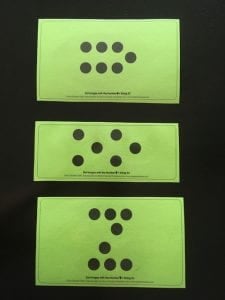
- Doubles + 1 more
- Square=4; Triangle=3
- 5 like dice dots
- Triangles = 3
- Doubles + 2 more
- Counting by 2’s
How do you see these? . . . Plus suggested outcomes:
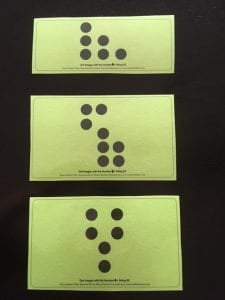
- Doubles
- Square = 4
- If I mentally move 1, it looks like a square.
- Doesn’t this look like a giraffe? Head + body?
- Looking for the square.
- Counting by 2’s
Procedures for individual or partners (great for online tutoring or class center activity)
- Flash the card (longer if more complicated).
- Student tells you how many. If not correct, show the card again.
- Ask, “How did you see them?”
- If the card is laminated, circle the parts the child describes.
- Tell how you (teacher) saw it.
- Ask, “How might another student see it?” This gets them to see other possibilities.
- Record responses.
With the activity I mentioned earlier from mathgeekmama.com, this is a great with partners. I would recommend dot cards with no more than 8 dots for this activity:
- Start with a stack of dot cards (face down). Provide a blank laminated square to record dots on.
- Partner 1 selects the top card and flashes it to partner 2 (perhaps 2-3 seconds).
- Partner 2 uses a laminated blank square to try to draw the dots (with dry erase marker) to match what partner 1 showed them.
- Both students reveal their dot cards to see if they match.
- Switch roles and repeat.
As an individual activity, provide the laminated dot cards and a dry-erase marker. Circle the dots. Write a math problem to match it. Take pictures to record answers. (Recommendation: Do this after you have already modeled it during a Number Talk session.)
Take care. Share your experience with using dot cards for Number Talk sessions. I love success stories!
Interesed in personal professional development, or PD for your grade level team or school? Please contact me for special rates. I can meet via Zoom for just about any need you have (math or reading). I’d love to help!
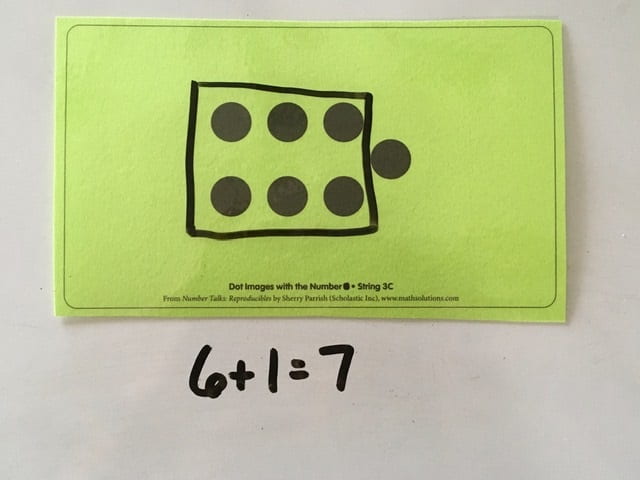




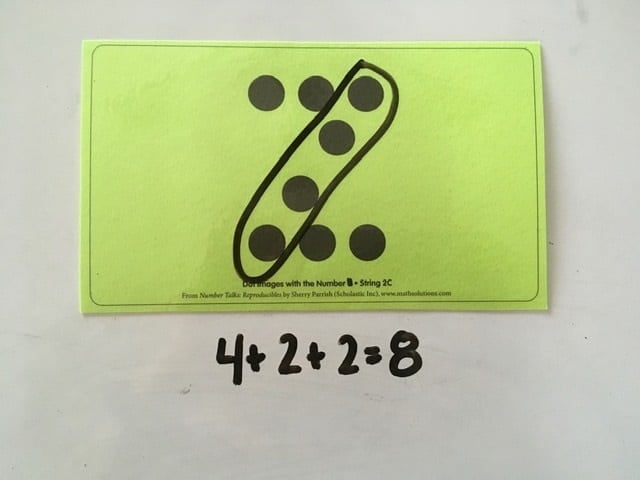
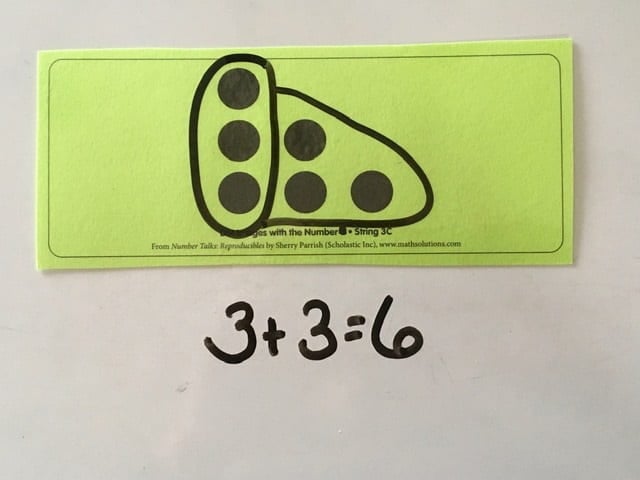

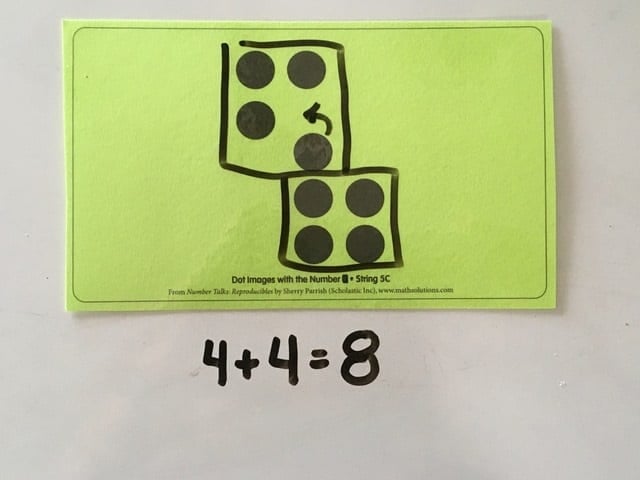
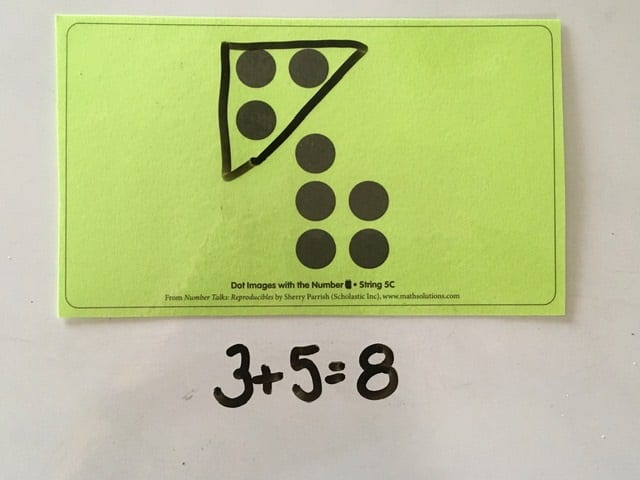
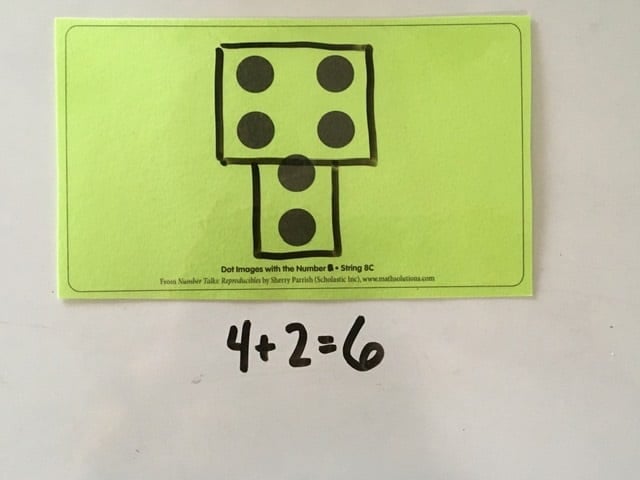
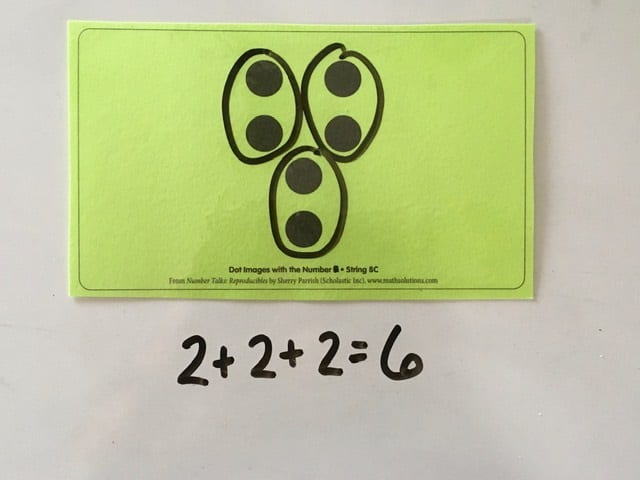
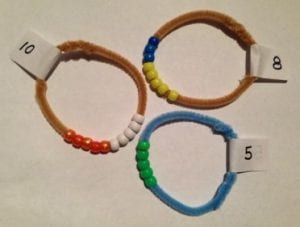 For all of these activities, the student should be working with the number of manipulatives to match their focus number. They should do several different activities using that same amount to get lots of different experiences making the same number pairs repeatedly. After a generous amount of practice, assess the child and move to the next number when ready. An important feature of each activity is for the student to verbalize the combination being made. Using a sentence frame they can have with them or putting it on the board for all to see is a plus: “____ and ____ makes _____.” Students will usually need reminders that you should hear them saying this. It takes if from just playing to being cognizant this is a serious math activity.
For all of these activities, the student should be working with the number of manipulatives to match their focus number. They should do several different activities using that same amount to get lots of different experiences making the same number pairs repeatedly. After a generous amount of practice, assess the child and move to the next number when ready. An important feature of each activity is for the student to verbalize the combination being made. Using a sentence frame they can have with them or putting it on the board for all to see is a plus: “____ and ____ makes _____.” Students will usually need reminders that you should hear them saying this. It takes if from just playing to being cognizant this is a serious math activity.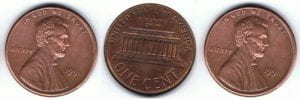 Use coins and a whole-part-part template. The student shakes and gently drops some coins (stick to one type of coin). Then sort according to how many landed on heads vs. tails by placing them on one of the templates. Say the combination outloud: “5 heads and 2 tails makes 7.” Repeat. Here’s a FREE
Use coins and a whole-part-part template. The student shakes and gently drops some coins (stick to one type of coin). Then sort according to how many landed on heads vs. tails by placing them on one of the templates. Say the combination outloud: “5 heads and 2 tails makes 7.” Repeat. Here’s a FREE 
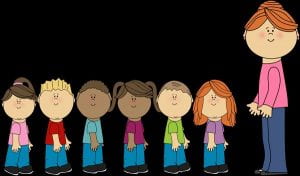

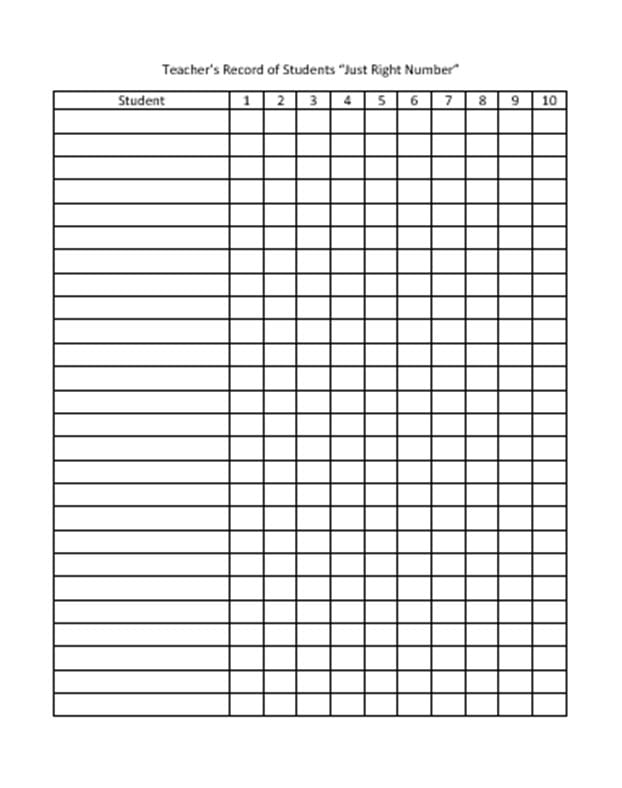
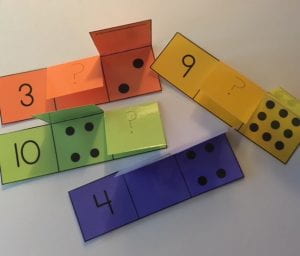 Here is a similar one I made for FREE with the PDF copy :
Here is a similar one I made for FREE with the PDF copy :



 As I’ve mentioned before, as a consultant I am available to help you as an individual, your grade level team, or your school via online PD, webinar, or just advice during a Zoom meeting. Contact me and we can make a plan that works for you. If you are interested in tutoring during your “spare time” check out my link for Varsity Tutors on the side bar. Mention my name and we both get a bonus. Have a wonderful, SAFE week. Mask up for everyone!
As I’ve mentioned before, as a consultant I am available to help you as an individual, your grade level team, or your school via online PD, webinar, or just advice during a Zoom meeting. Contact me and we can make a plan that works for you. If you are interested in tutoring during your “spare time” check out my link for Varsity Tutors on the side bar. Mention my name and we both get a bonus. Have a wonderful, SAFE week. Mask up for everyone!
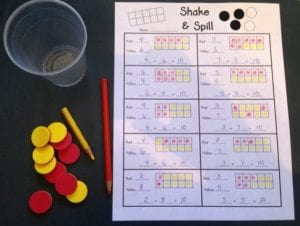

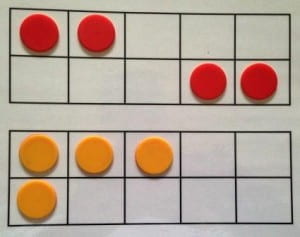

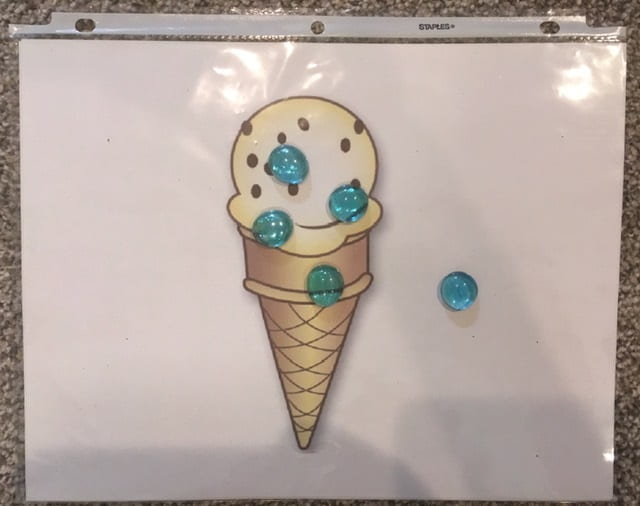
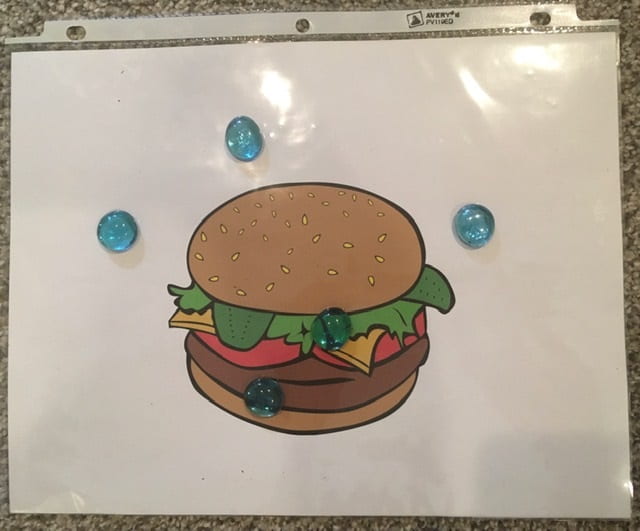
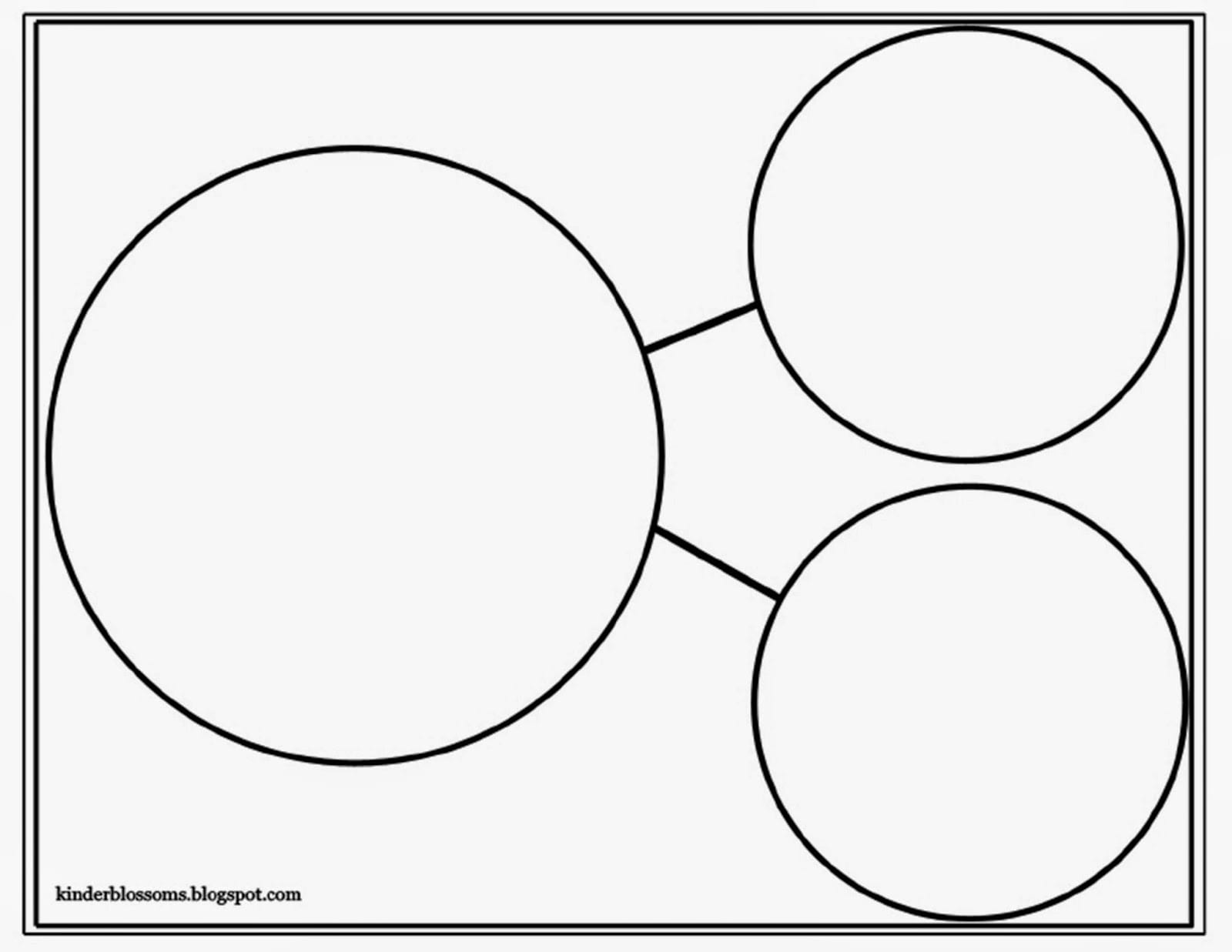

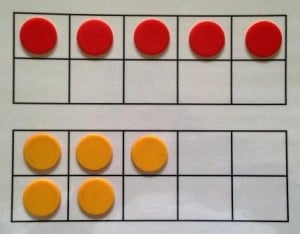 Then stay tuned because ten frames can also be a great tool for addition, subtraction, multiplication, and division.
Then stay tuned because ten frames can also be a great tool for addition, subtraction, multiplication, and division.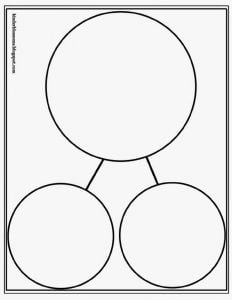 the stages a child goes through to achieve number sense. After a child has a firm grasp of one-to-one correspondence, can count on, and understands concepts of more and less, he/she is ready to explore
the stages a child goes through to achieve number sense. After a child has a firm grasp of one-to-one correspondence, can count on, and understands concepts of more and less, he/she is ready to explore 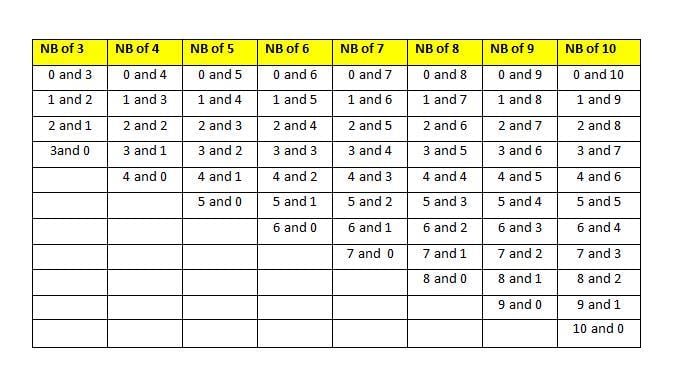


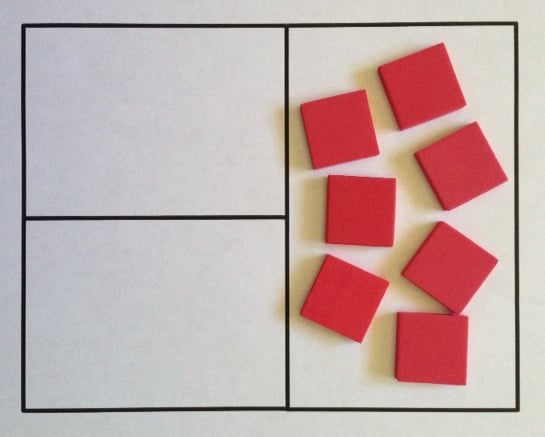


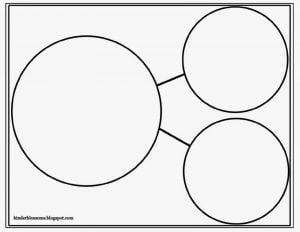 Once students have a good concept of number bonds, these part-part-whole organizers are very helpful when doing addition and subtraction problems (including story problems) using these structures: Result Unknown, Change Unknown, and Start Unknown. Children should use manipulatives at first to “figure out” the story.
Once students have a good concept of number bonds, these part-part-whole organizers are very helpful when doing addition and subtraction problems (including story problems) using these structures: Result Unknown, Change Unknown, and Start Unknown. Children should use manipulatives at first to “figure out” the story.

